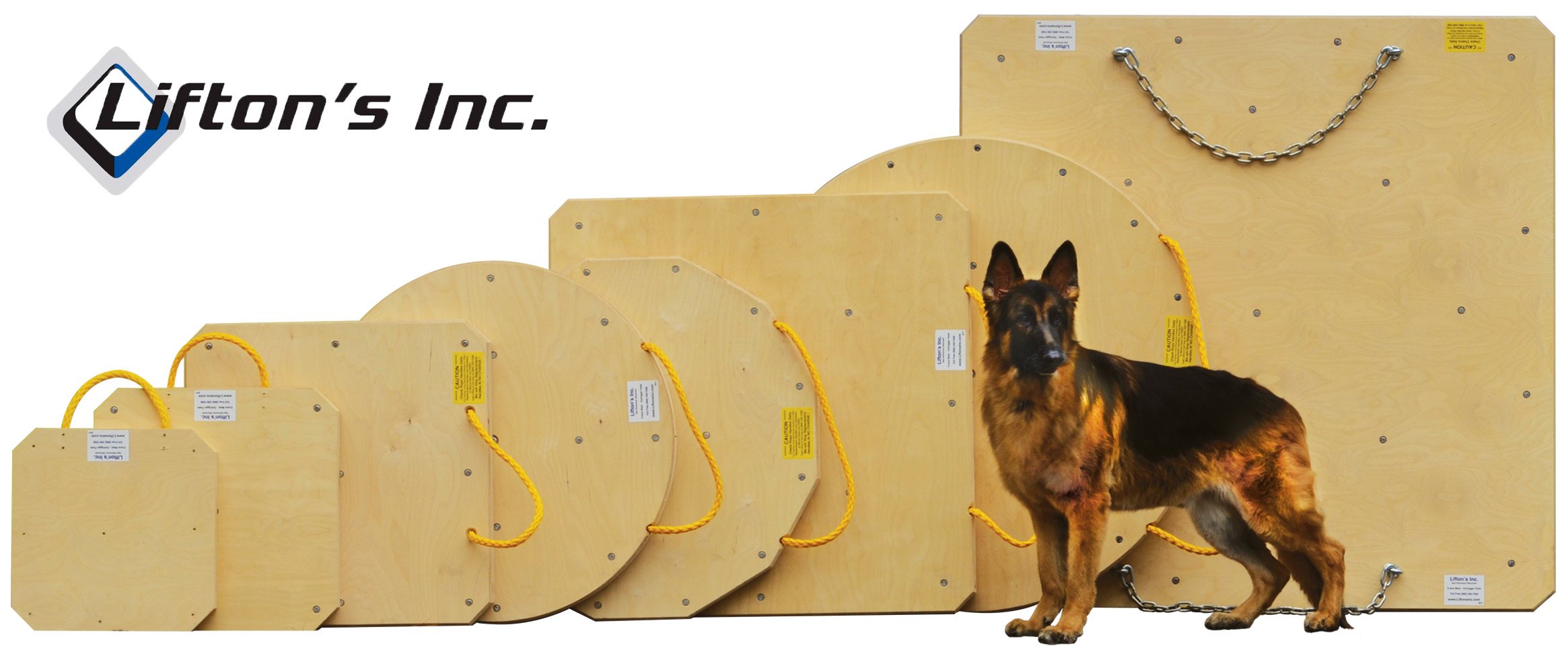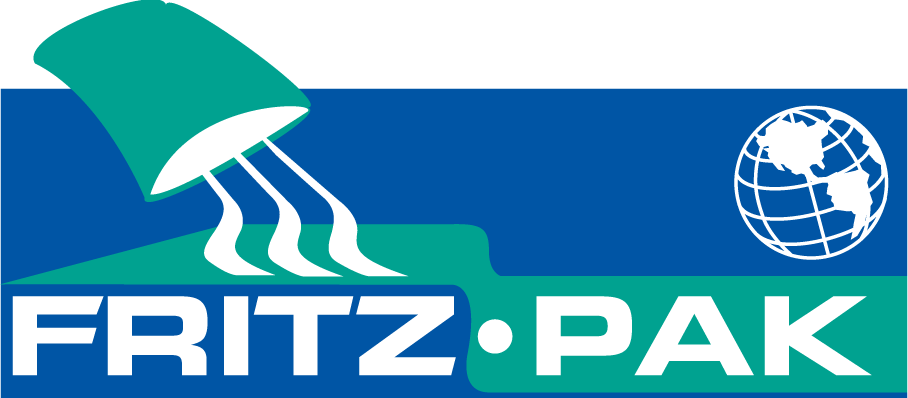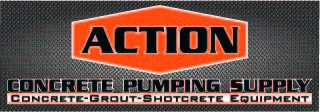Like a Katt Fish to Water March 2006
Thom-Katt® is Key to Underwater Concrete Placement Of Over 100 Power Poles in Waters of Key West
STURTEVANT, Wis. (February 1, 2006) – When Keys Energy Services needed to structurally repair over 100 power poles located in the waters of Key West, they called upon Underwater Engineering Services of Port St. Lucie, Florida. The specialty marine contractor handled a project that might be considered a fairly typical construction procedure on land, but is a much more complicated ordeal on water.
The poles in need of repair zig-zag in and out of bays following the curvature of the islands along the shallow Gulf of Mexico coast. Positioned in the tidal zone where the power of the salt water can have an adverse affect on concrete, various poles were losing their structural integrity. Consequently, a million dollar contract was issued calling for sealing minor cracks and replacing any corroded poles.
Starting in March 2005 and finishing in February 2006, the project was plagued by four hurricanes, including devastating Hurricane Wilma, which sunk the company’s initial barge being used to handle the repairs.
As a result, several pieces of equipment, including Underwater Engineering’s Thom-Katt® concrete pump were lost. This sent the company in search of the same brand of trailer pump to complete the job. Quality Concrete Pumping of Coral Springs, Florida accommodated the request.
Although Quality was almost 200 miles from Key West, Underwater Engineering had previously rented the company’s pumps to perform a difficult reef job years earlier in Key Largo (Concrete Pumping Fall 2002). After witnessing the unit’s performance on that job, the company purchased their own Thom-Katt TK 25 from Thomas Machinery, the authorized Putzmeister dealer in Miami, Florida.
“For this particular job, I needed a reliable and highly durable pump that could provide a consistent flow when placing concrete,” says Toma Fettig, project manager at Underwater Engineering. “Plus, there are not many rental companies like Quality who will work around their schedules to provide a pump along with an operator for continuous use during a ten week period.”
To handle the remaining two and a half months of work, a barge and other replacement equipment were also needed. Ironically, a barge called the Poseidon II – named after the notorious cruise ship capsized by a tidal wave – had survived the hurricane and was used to finish the job.
To load the Poseidon II, a crane lifted and extended equipment over water for precise placement. The Thom-Katt pump was positioned a mere six inches from the barge’s edge to maximize space. The unit shared the 30 x 40 ft. space with a concrete batch plant, air compressor, welder, excavator, hundreds of gallons of fresh water and numerous thousand pound bags of cement and other ingredients to produce concrete.
Fully loaded to maximum capacity, the barge contained all equipment and critical provisions needed to continue working. At night, the barge was anchored on site due to the difficulty of returning to land with the tide. Two pontoon boats moved the barge and transported crews, a smaller barge hauled fresh water and other supplies as needed and yet another boat brought an inspector to review every concrete pour.
Typically, the construction procedure involved a diver performing an underwater demolition by chipping away barnacles and inspecting for exposed rebar. If a full replacement process was necessary, rebar cages were placed around the poles and formwork erected. A tremie pour was performed, employing a high strength 7,000-psi concrete. Retarders were added to make a slower setting mix and plasticizers to help it flow.
Before its untimely loss underwater, the TK 25 trailer-mounted concrete pump had performed the slow yet methodical tremie pours for the first 34 poles. After the hurricane, a larger TK 40 model took over. Although the TK 40 had greater performance capabilities than required (40 cubic yards an hour output and 1,150 psi), its dependability was essential.
“With no backup in sight, mechanical failure would have proved disastrous while on the water,” says George White, Vice President of Quality Concrete Pumping.
Other challenges were evident in this project according to Fettig. He says, “One of the project’s biggest difficulties was the varying water elevation. As depths would fluctuate from six inches to 20 feet, we needed to tackle each pole and each day differently to accommodate this changing factor.”
For instance, the water’s depth and high tide mark would determine what size forms to use. With special form sections that ranged in size from one to four feet tall, the contractor had to mix and match sizes to achieve required heights from 8 ft. to 18 ft. In addition, the water’s depth meant that in shallow areas, extra concrete delivery hose was required, as the barge would be unable to gain closer proximity to the pour.
“Soup to nuts, each pole required a seven man crew, and we averaged one pole every three days,” says Fettig.
“We handle a lot of complex jobs that others shy away from, but we understand our equipment’s capabilities,” says White. “We also ensure consistent pump performance with a nightly maintenance ritual that includes greasing, refueling and fine-tuning all of our 16 fleet units.”
Even the pump stationed on the water received its own nighttime routine. Understanding all too well the impact salt has on equipment, Quality’s operator Richard Marcelino would wash out the unit with fresh water, spray WD 40 on it to keep salt away, grease it and then place a specially designed cover over top when not in use.
“We take every possible step to ensure our equipment and services meet the image expected when your company name is Quality,” says Jeff White, President of the 17-year-old pumping company. “It takes extra effort, but has been well worth it for repeat business from satisfied customers.” Keys Energy Services is a public power utility owned and operated by the citizens of Key West, who in turn, elect a Utility Board for making operational business decisions. With no dividends to pay to out-of-state stockholders, all benefits of the non-profit, locally-controlled electric utility remain in the community.
SPECS Owner: Keys Energy Services – Key West, FL General contractor: Underwater Engineering Services – Port St. Lucie, FL Pumping contractor: Quality Concrete Pumping – Coral Springs, FL Equipment dealer: Thomas Machinery, Inc. – Miami, FL Equipment: Putzmeister Thom-Katt TK 25 and TK 40 trailer-mounted concrete pumps




















.jpg)
.gif)

.jpg)









.jpg)








